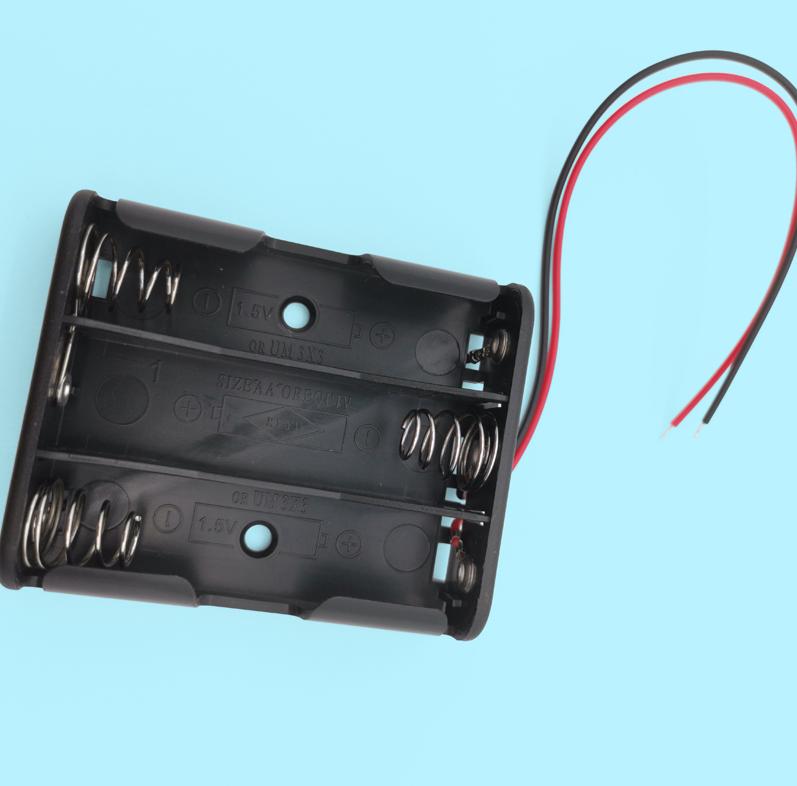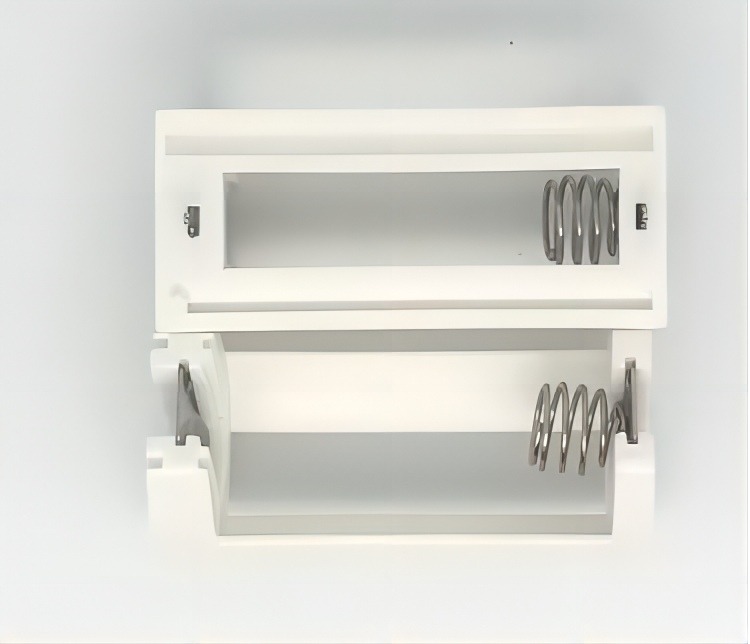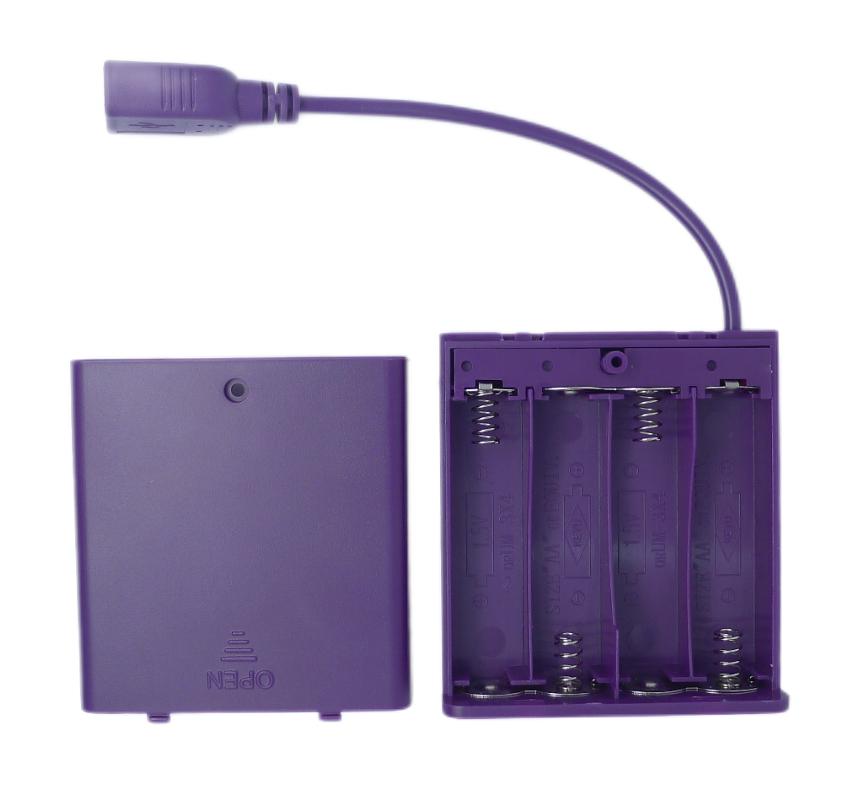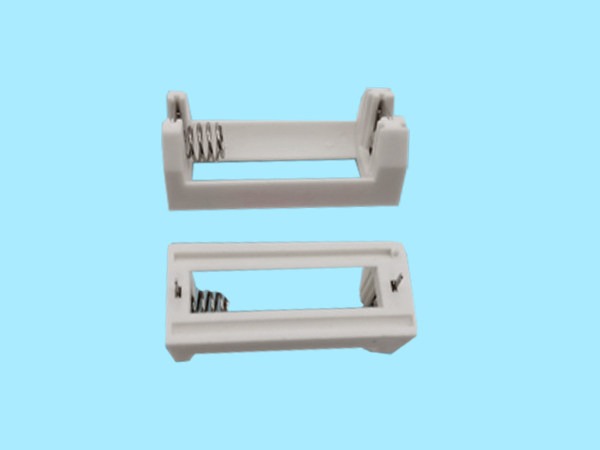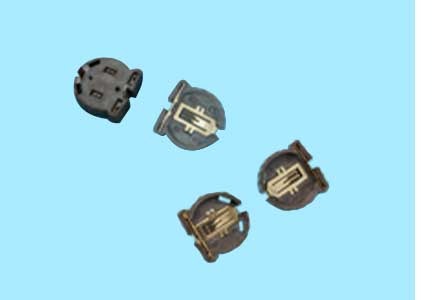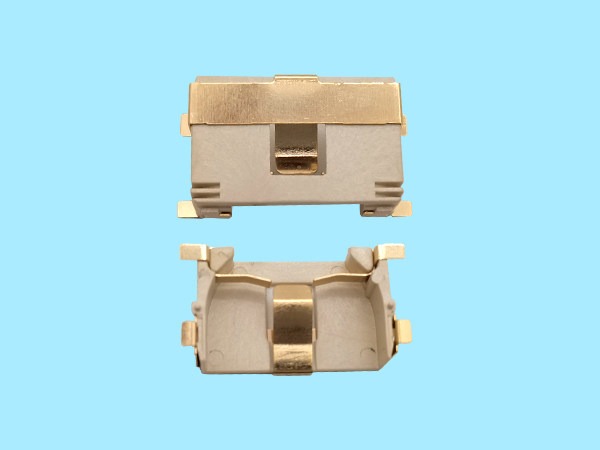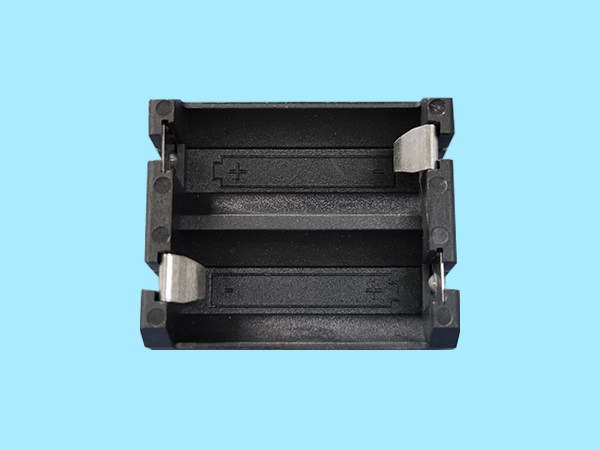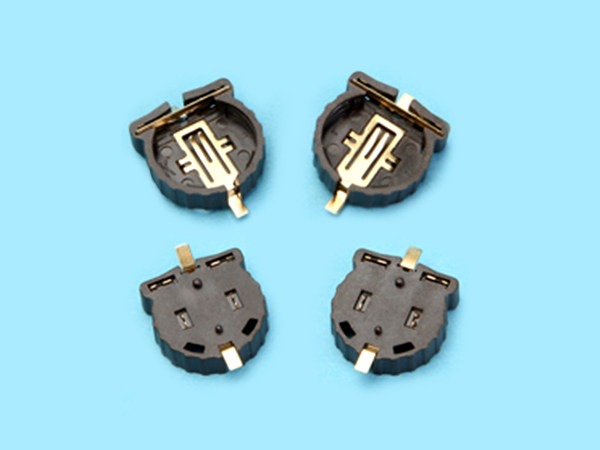Comparison of Battery Holder Spring Materials
Keyu Plastic & Hardware Co., Ltd., which is our parent company has been manufacturing battery holders for more than 20 years. Regarding springs for battery holders, we will have a rich experiences and will share a comparison of commonly used battery holder spring materials.
According to our practical experience and selection, it should have a certain reference value for global customers.
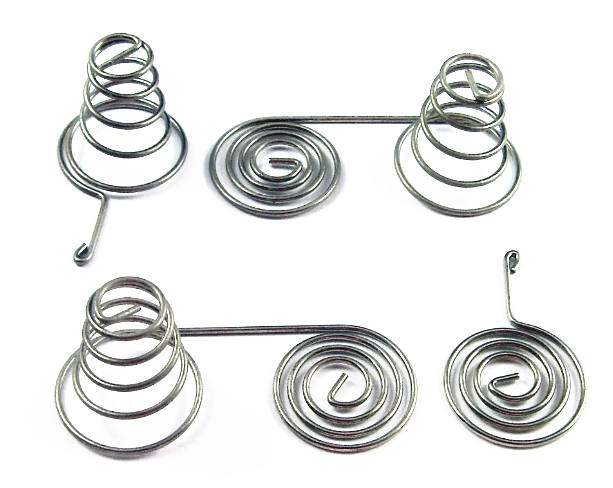
What Are the Most Common Spring Materials?
The most common spring materials for battery holders are 72a, 82b, music wire, stainless steel, etc. But the material used by our company is mainly 72a. Here’s a brief introduction.
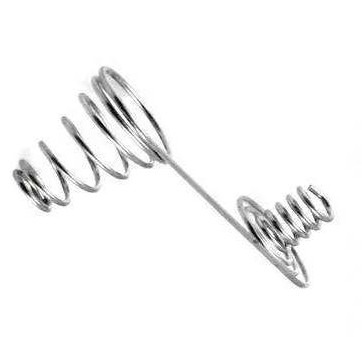
Why Did We Choose 72a or 82b as the Battery Holder Spring Materials?
Because 72a or 82b have good conductivity and solderability, 304 stainless steel and music wire are not as conductive and solderable as they are. However, the 304 stainless steel and music wire outperformed the battery holder spring-only wire in fatigue testing. For example, the lifespan of the latter is about 3-5 times longer than that of the former.
but Why Don’t We Recommend Using the Music Wire As a Spring for the Battery Holder?
Because the music wire can only be nickel-plated after processing, the springs are easy to get tangled together, which will increase a lot of costs. This is why music wires are rarely used as springs in the battery holder industry.
What is the Difference Between 72a and 82b?
The hardness of 82b is higher than that of 72a. This series belongs to high-quality carbon structural steel. The first two digits of the steel grade indicate the carbon content of the steel, so the carbon content of the two steel grades is 0.72% and 0.82%, respectively. In addition, a of 72a represents a high quality, and b of 82b represents semi-killed steel. Both are high-carbon steels.
Carbon is the main element that determines the properties of steel because changes in carbon content directly cause changes in the crystal structure. As the carbon content increases, the strength and hardness of the steel increase, while the ductility and toughness decrease. When the carbon content exceeds 1.0%, the strength of the steel decreases. The increase in carbon content also reduces the weldability and corrosion resistance of the steel and increases the cold brittleness and aging tendency of the steel.
The above explains why the music wire was not chosen for the battery case spring and the difference between 72a and 82b materials.
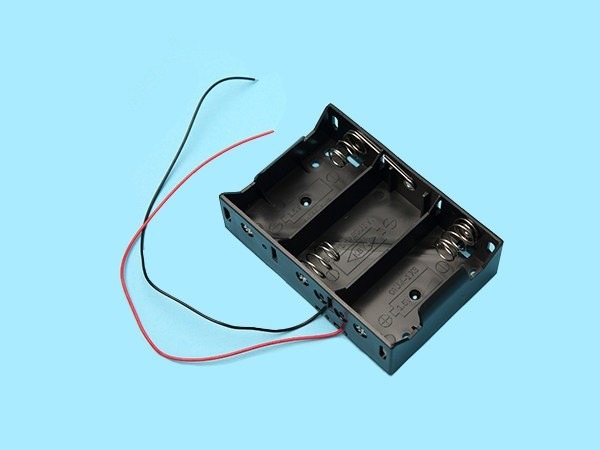
As a professional manufacturer of battery boxes, KENENG is also professional in the manufacture of springs. Therefore we also manufacture many different springs including compression springs, extension springs, and torsion springs, etc. You can find the standard springs you need here. If you have special needs, you can also customize them according to specific drawings or needs. Professional spring engineers can serve customers from all over the world.

